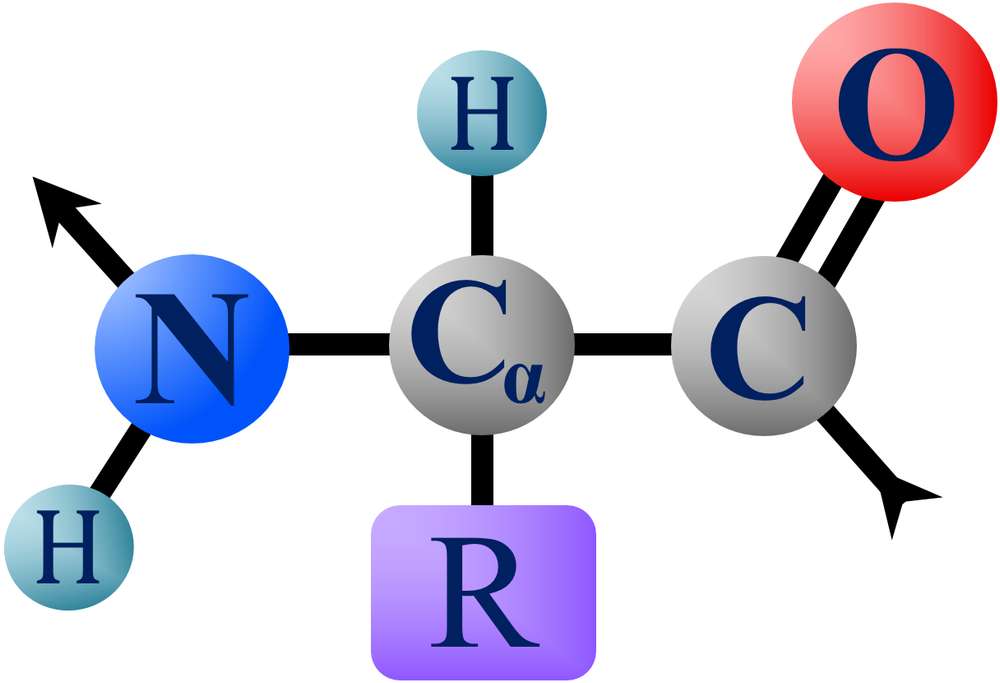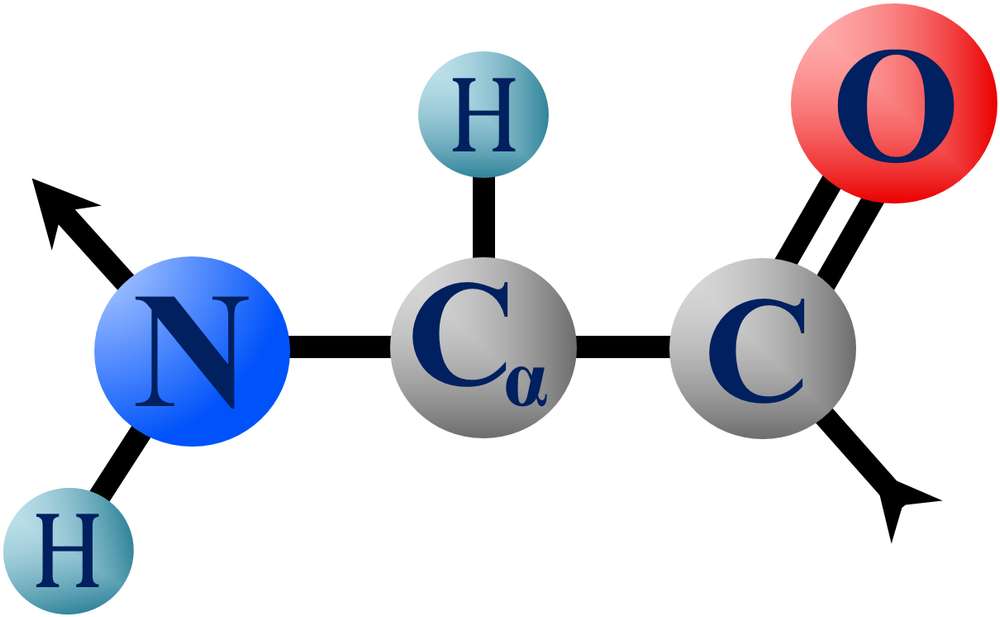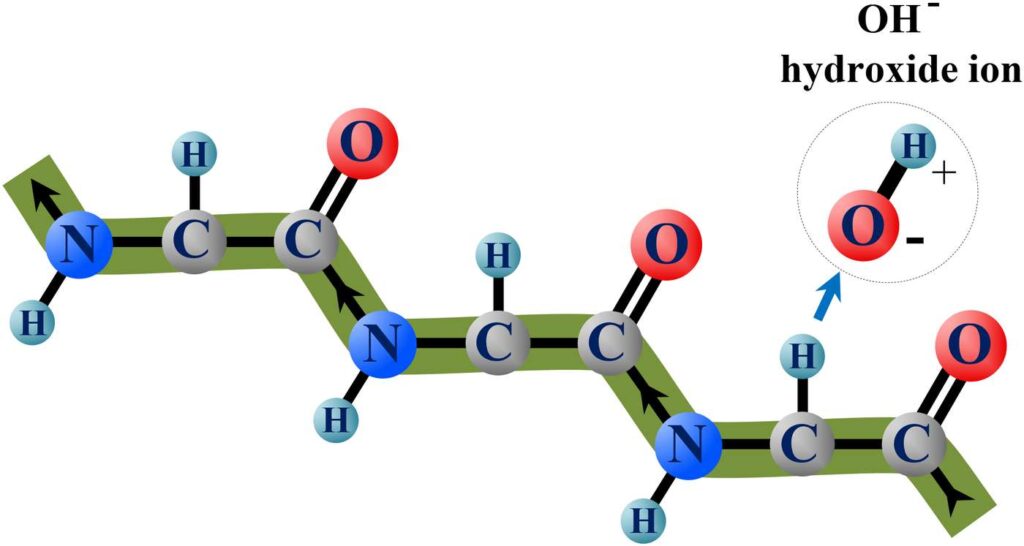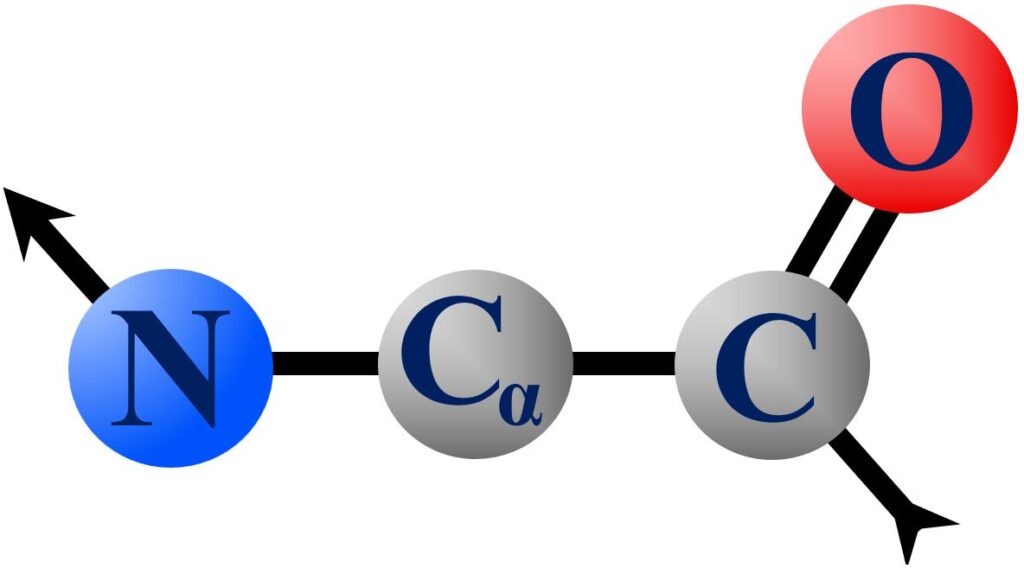Chapter 8
Seeking the Mind Signature
Introduction
In this chapter, we begin our search for the molecular structure of the mind signature. In the next chapter, we will complete this effort and we will also identify exactly the atoms of the minderelle.
We found earlier that evolution is the process of minderelles making free will choices to improve their living conditions, and biology is the product of this evolutionary process. That is, conscious minderelles have been directing the evolutionary progression of biology from the beginning.
Because all biological bodies evolve, we can seek out the molecular structure of the mind signature in any biological body we choose. We choose to search for the mind signature within a single-celled organism.
Methods of this Chapter
If we were the first to discover an anthill, we would wonder how the anthill, with its intricate web of tunnels and rooms, had come to be. And we might also wonder, what is it with all the ants? If we were the first to discover a beehive, we would surely be impressed with all the honeycomb shaped cubbyholes and the glistening, tasty honey. But again we would wonder, what is it with all these bees? And if we were to visit Earth from space, we would marvel at the beautiful cities with the towering buildings, the bridges, and the beautiful landscapes. But once again we would ask the question, just what is it with all the people everywhere?
But at some point during our observations, we would understand that it was the everywhere ants that built the anthill, the bees the hive, and the people the cities. We would soon realize that the busy, task-driven, mobile creatures that are everywhere and doing everything are the very creatures that put it all together in the first place. They are the designers, the builders, and the owners. These same creatures do the repairs when needed, distribute the supplies, and some will defend and protect the community with their lives.
We are now looking for the conscious, emotional, intelligent, thinking creatures that are the designers, engineers, builders, and defenders of the cell. We are seeking creatures within the cell that we expect to be ubiquitous throughout the cell in the same way the ants, bees, and humans were everywhere within their domains. We are looking for animated creatures that we expect to be carrying out the repairs, distributing materials, building, and removing waste, just as we had observed with the ants, bees, and humans. We seek the owners of the cell, and they own the cell because they designed, engineered, and built it.
Proteins Own the Cell
The conscious, living, thinking creatures we seek must be none other than the proteins that are everywhere and carrying out all the tasks required to keep the cell functioning. Proteins are the always busy, task-driven inhabitants, builders, transporters, and defenders of the cell. We also single out the proteins because there are no other bodies of matter within the cell that are carrying out these tasks.
So if proteins are the living, thinking, intelligent bodies of matter that own the cell, then are proteins the mind signatures we are seeking? Are proteins the elementary bodies of matter that always and everywhere reveal a single, conscious, thinking mind?
Proteins cannot be mind signatures because not all proteins are identical, and this was one of the requirements for the mind signature. Therefore, we conclude that the protein is a larger molecular body that has one or more mind signature molecules somewhere within. This is no different than the way our own mind signature exists within the human brain. We will now continue our search for the mind signature within the protein.
From Proteins to Amino Acids
Proteins are chains of amino acids linked together end to end. Some proteins are shorter chains of a few hundred amino acids while longer proteins will have thousands of amino acids, but the one building block common to all proteins is the amino acid. Therefore, the amino acid now becomes the next candidate for the mind signature we seek.
Figure 11 shows an amino acid. Amino acids are connected into long protein chains at the free bonds shown as arrows in the figure below. The free nitrogen bond of one amino acid connects to the free carbon bond of the next amino acid. The R-group, shown in purple, represents a group of atoms that form a side chain. There are 20 standard side chains. Each side chain offers a unique property that greatly affects the role that the amino acid will play within the protein.

Figure 11. The amino acid. The R-group, shown in purple, represents the side chain. Different side chains have different numbers of atoms.
While the R-groups are important functionally, there are many of them, so not all amino acids are identical. Because all mind signatures must be identical, the amino acid cannot be the mind signature we are seeking. We will have to remove the R-group and continue our search for the mind signature with what remains, the “R-less amino acid.”
The R-less Amino Acid
The R-less amino acid is shown in Figure 12.

Figure 12. All R-less amino acids are identical.
All R-less amino acids are now identical, plus there are few atoms left. We must be getting close to the elementary body of living matter. So can the R-less amino acid finally be the conscious mind signature we are seeking? Before we answer this question, let us first consider the partial protein chain of R-less amino acids shown in Figure 13.

Figure 13. A partial chain of R-less amino acids within a protein is shown. The backbone of the protein is highlighted in olive green. Notice that the hydrogen atoms extend out from the backbone of the protein and thus can easily be removed by hydroxide ions as shown.
Each R-less amino acid includes four elements: carbon, nitrogen, oxygen, and hydrogen. In Figure 13, we can see that the nitrogen and carbon atoms are locked firmly inside the backbone of the protein with strong covalent bonds (the olive green line indicates the backbone of the protein). The oxygen atoms are not locked inside the backbone of the protein, but they are held firmly in place by a strong double bond.
However, the hydrogen atoms of the amino acid are not held within the backbone of the protein, and they are only held in place by a single bond. These exposed hydrogen atoms can easily be removed by the numerous OH¯ hydroxide ions found in the cytosol fluid surrounding the proteins. So if the R-less amino acid were the mind signature, then the moment one of the hydrogen atoms was removed, the mind signature structure would be compromised and the conscious life would end.
In real proteins, whenever one of these hydrogen atoms is removed, it is quickly replaced by another hydrogen atom, so after a brief moment, we would once again have the elementary molecular configuration of another mind signature. This means we would once again have life at this position in the protein. So would this rapid exchange of hydrogen atoms be of any real significance for the protein?
To answer this question, it is important to keep in mind that every amino acid within the protein is conscious in the same way that each of us is conscious. In fact, any amino acid within the protein could one day find itself at the command center of a human brain in the same way that our own amino acid found itself at this position. The mind of each amino acid will have the same level of conscious awareness, the same operational capabilities of consciousness, the same time-dependent thoughts, and the same general intelligence (more on this later). We are them and they are us.
Therefore, we should consider the many amino acids within a protein to be no different than the many individuals belonging to any other working group we are familiar with. Certainly, then, the death and replacement of a life within the protein would be of great significance, just as the death of a worker in any working environment would be of great significance. Everything that had been learned by the first mind at this position would now be lost – the communication skills, the relationships with neighboring minderelles, the training, and the work experience of the now passed life would all be gone.
Even though another hydrogen atom will quickly replace the lost hydrogen atom and bring the new life of a new individual, this does not undo the loss. It would be no different than replacing a trained, experienced, and highly skilled worker with a random person off the streets. This would not work in our world, and neither will it work in theirs.
Therefore, if the hydrogen atoms were part of the mind signature, then proteins would become non-functional quickly because the lifetimes of the individual mind signatures would be too short. However, this is not what is observed in cells.
For this reason, we find that the R-less amino acid with its easy to remove hydrogen atoms cannot be the mind signature. For proteins to be functional, the mind signature will have to be a stable molecule, a molecule that is not easily broken apart by its environment. We will now continue our search for the mind signature within the R-less amino acid.
The Core Amino Acid
After removing the hydrogen atoms from the R-less amino acid, we are left with the core structure of the amino acid shown in Figure 14. We will refer to this structure as the “core amino acid,” while we will refer to the individual atoms as “core amino atoms.”
The bonds between the atoms are as important as the elements and their arrangement. Importantly, for a molecule to be a core amino acid, there must be a double bond between the carbon atom and the oxygen atom.

Figure 14. The core amino acid has four core amino atoms with a double bond between the carbon and the oxygen.
We again face the question of whether this new group of four atoms is the mind signature for all conscious life. Based on the discussion from the previous section, the atoms of a mind signature must not be easy to remove, and this is true for the core amino acid. We also notice that all the core amino acids within proteins are identical bodies of matter, which is a requirement for the mind signature. At this point, we are out of reasons to continue reducing this structure any further.
However, just because we have no more reasons to reduce further does not mean that the core amino acid is the mind signature we are seeking. After all, a molecule can have as few as two atoms, so the mind signature could still have fewer than these four atoms.
So far, we have found that the mind signature will have between two and four atoms, and that all the mind signature atoms will come from the core amino acid.
The Two Types of Mind Signature Bonds
To identify the atoms of the mind signature, we will now focus on molecular bonds and protein function.
Of the four core amino atoms, the oxygen atom is the only chemically stable atom. The other three atoms are chemically unstable, so they will seek to form additional covalent bonds with outside atoms. Because three of the four core amino atoms will form covalent bonds with outside atoms, and because the mind signature must include at least two core amino atoms, the mind signature will always have at least one chemically unstable atom. Therefore, the mind signature molecule will form covalent bonds with outside atoms whether it has two, three, or four atoms.
This means there will be two categories of mind signature bonds, which we will refer to as cardinal bonds and peripheral bonds. The cardinal bonds join mind signature atoms to each other while the peripheral bonds join mind signature atoms to outside atoms.
We will accept that a mind can govern its cardinal bonds because both atoms that form a cardinal bond are mind signature atoms. But can a mind also govern its peripheral bonds? This question is more difficult because peripheral bonds are covalent bonds that join one mind signature atom to one atom outside the mind signature. If a mind can govern its peripheral bonds, then the mind will be able to exert forces on atoms outside the mind signature.
In the next chapter, we will work through whether a mind has governing control over its peripheral bonds.
The Primary Minderelle and Humanons
We now introduce two terms that will be needed throughout the remainder of the book, “humanon” and “primary.”
A humanon is any living body that has a single minderelle acting as the decision maker for that body. The one minderelle that governs the humanon is the primary of that humanon. (We already used the term “primary” when we were discussing the brain at the end of Chapter 3.)
A human is the most obvious example of a humanon. We found that our own consciousness must be that of only a single minderelle, yet we govern an entire human body. That makes us the primary of our human body, and our human body is the humanon.
Other examples of humanons that are governed by a primary include the minderelles themselves, insects and animals, proteins, some structures within complex proteins, at least some cells, and other biological bodies to be determined over time.
The primary is the one conscious mind somewhere within the humanon that the humanon thinks of as “me.” The primary minderelle is the consciousness and decision maker of its humanon, and for socially interacting humanons, the personality of the humanon is that of the primary.
We use the root “human” for “humanon” to emphasize that the conscious experience of the primary for all humanons is the same as our own conscious experience in every way except for the body being governed. While minderelles have made a great deal of progress in terms of biological engineering over billions of years, all of this progress has been external, material progress. Evolution has done nothing to change the inner experience of consciousness.
Many humans have believed that the human conscious experience is somehow unique when compared to the conscious experience of other life forms, but this free will paradigm finds this not to be true. If we were to compare life experiences, we would find that the differences between some humans and houseflies are less than the differences between some pairs of humans. However great the bodily variations of different humanons, they pale in comparison to our sameness. We find that all life in the universe must be fundamentally the same except in bodily form, the most superficial and temporary of considerations.